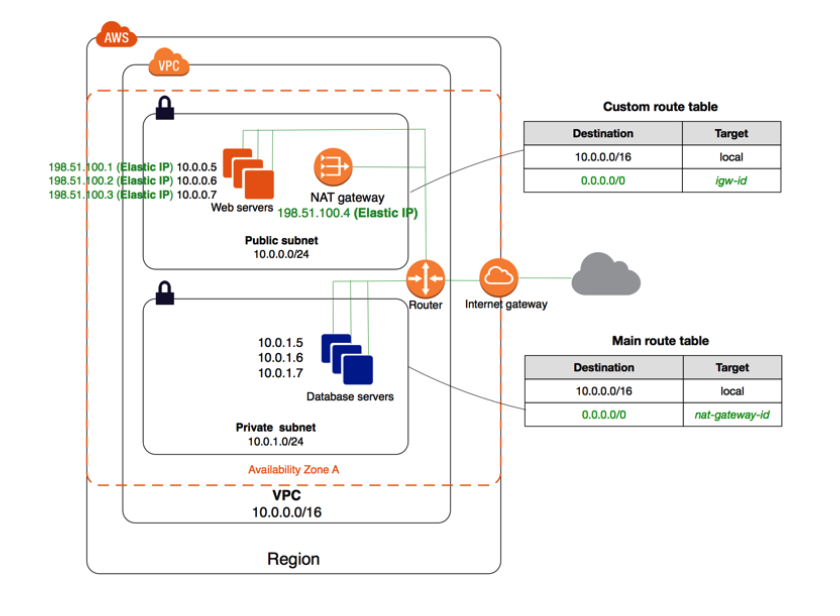AWS Compute Blog
Category: AWS PrivateLink
Simplifying private API integrations with Amazon EventBridge and AWS Step Functions
AWS announces new integration capabilities for Amazon EventBridge and AWS Step Functions, enabling direct communication with private APIs using AWS PrivateLink and Amazon VPC Lattice. This enhancement streamlines secure application interactions across private networks, on-premises infrastructure, and cloud platforms, offering improved security, simplified architecture, and enhanced performance for enterprise-level deployments.
Setting up AWS Lambda with an Apache Kafka cluster within a VPC
Using resources such as NAT Gateways and VPC endpoints with PrivateLink, you can ensure that your data remains secure while also granting access to resources such as Lambda to help you create a Kafka consumer application. This post provides some tips to help you set up a Lambda function using Kafka as a trigger. It also explains various options available to send data securely.
Building private cross-account APIs using Amazon API Gateway and AWS PrivateLink
This post is written by Brian Zambrano, Enterprise Solutions Architect and Srinivasa Atta, Sr. Technical Account Manager With microservice architectures, multiple teams within an organization often build different parts of an application. Different teams may own functionality for a given business segment. An effective pattern to support this is a centrally managed public API. This […]
Access Private applications on AWS Fargate using Amazon API Gateway PrivateLink
This post is contributed by Mani Chandrasekaran | Solutions Architect, AWS Customers would like to run container-based applications in a private subnet inside a virtual private cloud (VPC), where there is no direct connectivity from the outside world to these applications. This is a very secure way of running applications which do not want to […]
Setting up AWS PrivateLink for Amazon ECS, and Amazon ECR
Amazon ECS and Amazon ECR now have support for AWS PrivateLink. AWS PrivateLink is a networking technology designed to enable access to AWS services in a highly available and scalable manner. It keeps all the network traffic within the AWS network. When you create AWS PrivateLink endpoints for ECR and ECS, these service endpoints appear […]
Introducing Amazon API Gateway Private Endpoints
One of the biggest trends in application development today is the use of APIs to power the backend technologies supporting a product. Increasingly, the way mobile, IoT, web applications, or internal services talk to each other and to application frontends is using some API interface. Alongside this trend of building API-powered applications is the move […]





